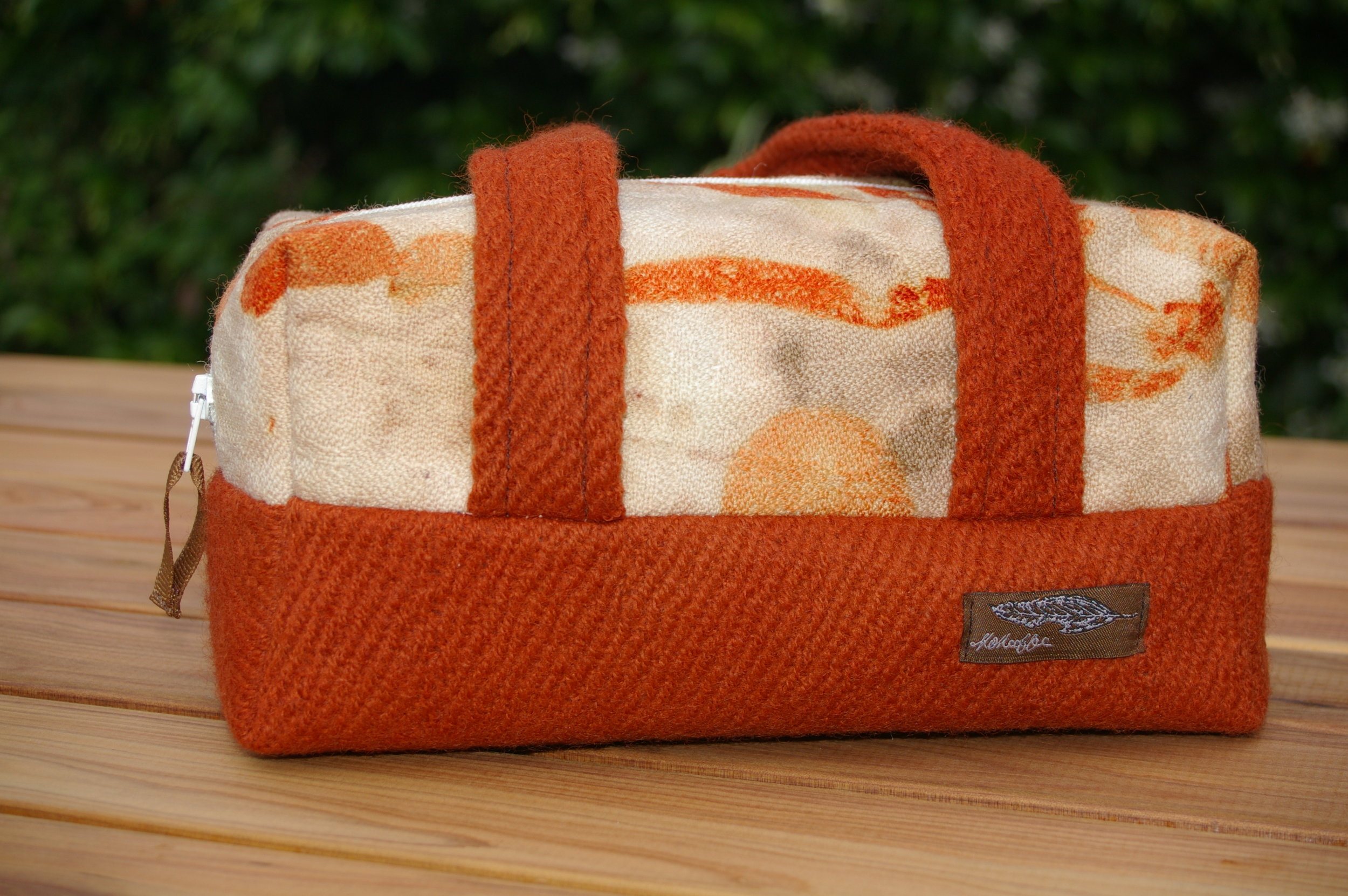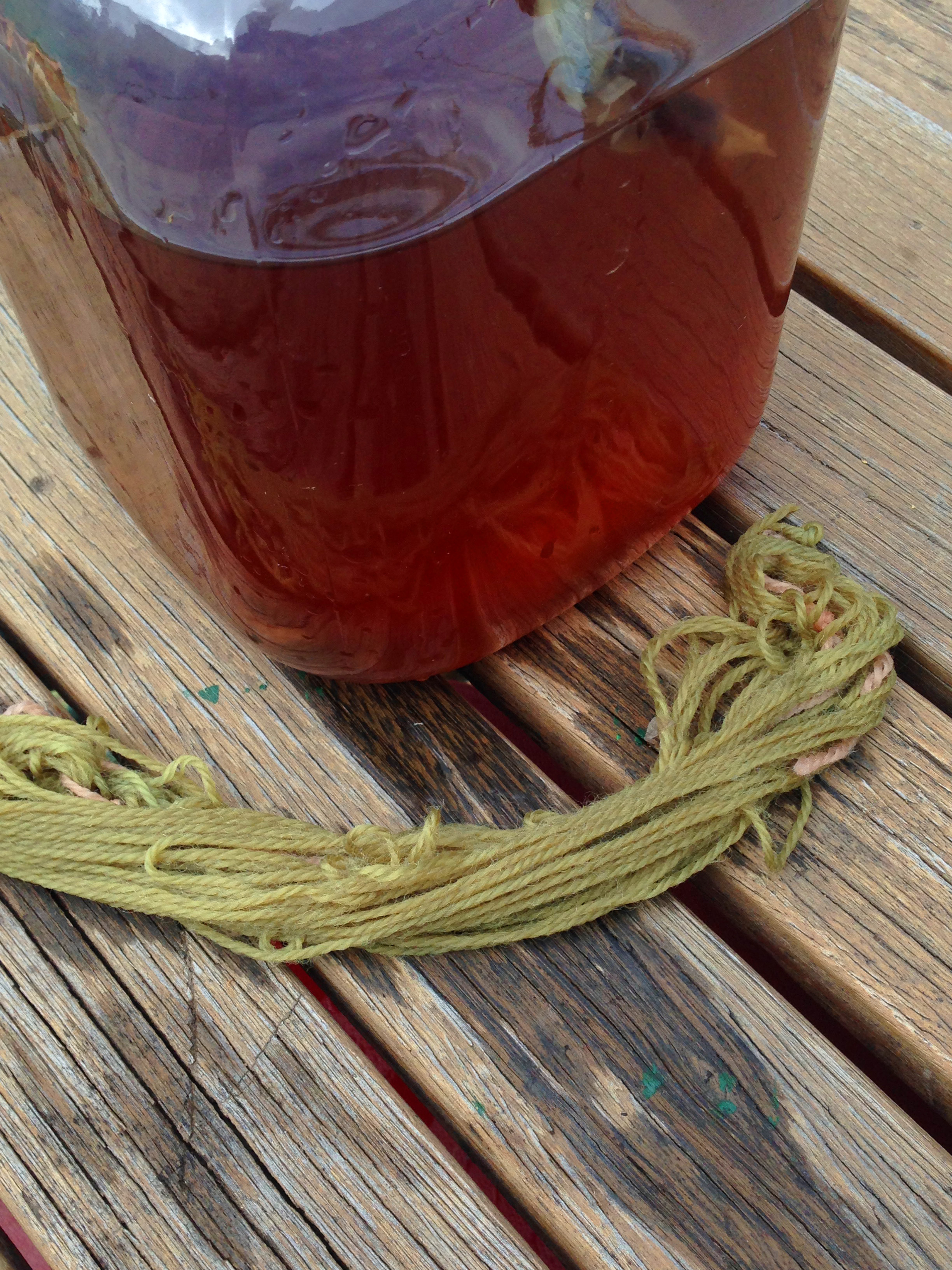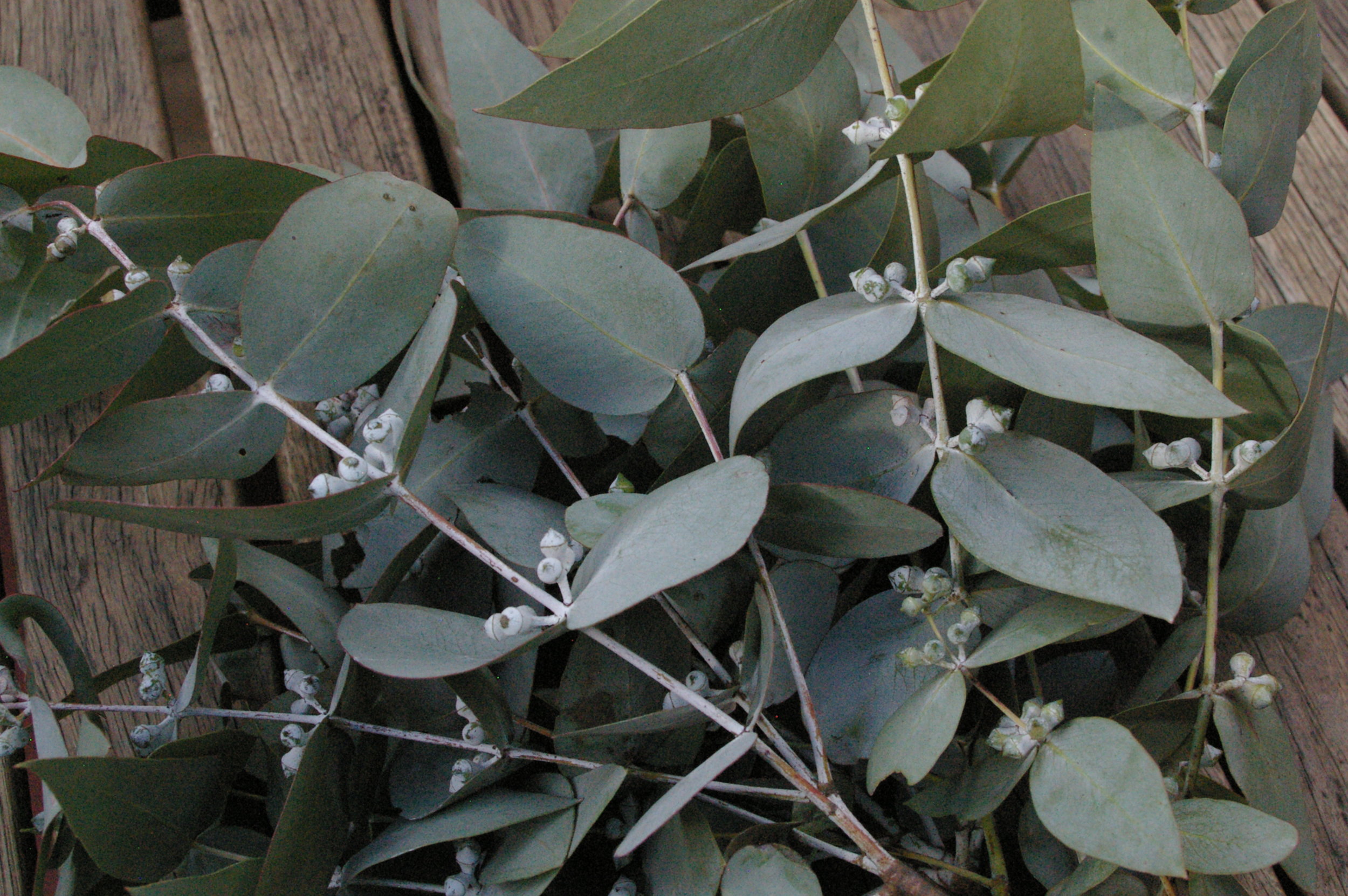I have always liked printmaking in fact it was my sub-major when I studied many moons ago. I have dabbled with eco-printing in the past but never really explored the possibilities, until recently.
Eco- printing is basically printing from nature, it involves laying down leaves, flowers, bark, nuts, twigs etc directly onto fabric or paper, folding or rolling it up securely and letting the pigments in the natural material transfer onto the surface. This can be done by boiling, steaming, solar dye or by applying pressure; hammering for example. The goal being to print or make marks on the fabric or paper. It sort of felt a bit like cheating at first, like nature was doing all the hard work, but the artistry comes in the way you arrange the flora, and roll or fold the fabrics. I will say though that it is even less of an exact science than dyeing skeins of yarn, results are not always predictable and happy accidents happen when you relinquish control and let the colours fall where they may! It is always exciting unrolling bundles of fabric because of the wondrous and unexpected results.
I have had my best results from rolling and boiling the fabrics.
I rediscovered a load of woven wool fabric I had purchased years ago when a local textile mill shut it's doors. I started to play with some printing on small pieces.
If the results were underwhelming I over-dyed the fabrics and layers of prints and marks began to build up. I also piece dyed the cloth in indigo, turmeric and native cherry; folding the fabrics to create interesting dye marks.
A collection of printed fabrics, over dyed with Turmeric, Ballart cherry and indigo.
I had trouble keeping the green, this fern print was particularly sucessful. I used really fresh fronds and boiled it for quite some time.
I experimented with Eucalyptus leaves first, and then I wanted to extend the ranges of colours I was achieving. I had a ball experimenting with different materials, mordants and ways of bundling the cloth.
Evolution of a Tote bag
After doing so much experimenting I had a pile of fabrics that had glorious prints and dye marks and I felt compelled to something with them. I came up with a pattern for a small tote bag some time ago because I wanted a small bag to keep my hand sewing gear and crochet needles together, I thought this would suit the fabrics I had created very well, so I made one up. I also discovered a load of weaving samples I had done some years earlier, some of which I dyed, they paired perfectly with the printed fabrics. Thus my Eco-printed tote bag was born.
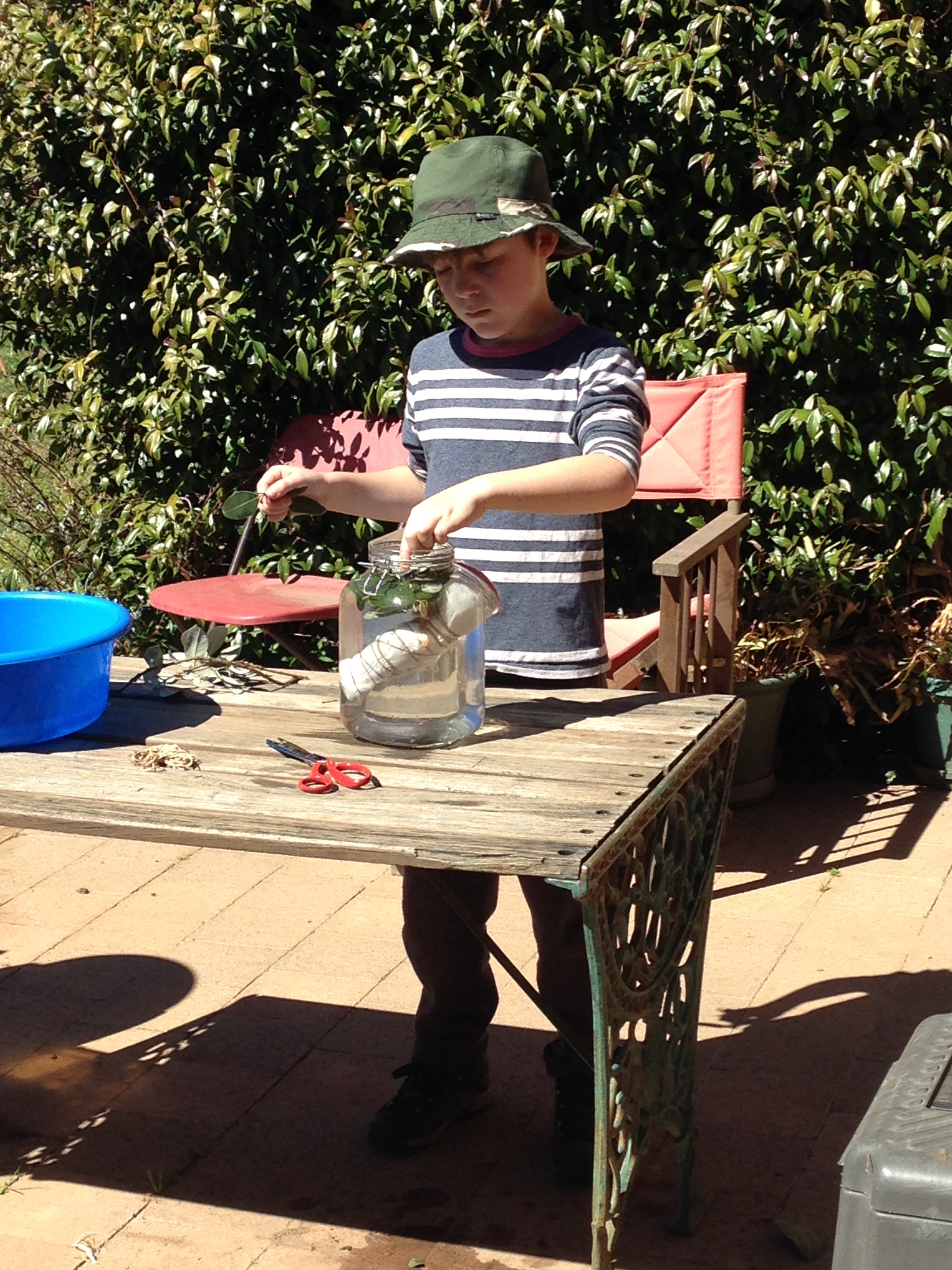
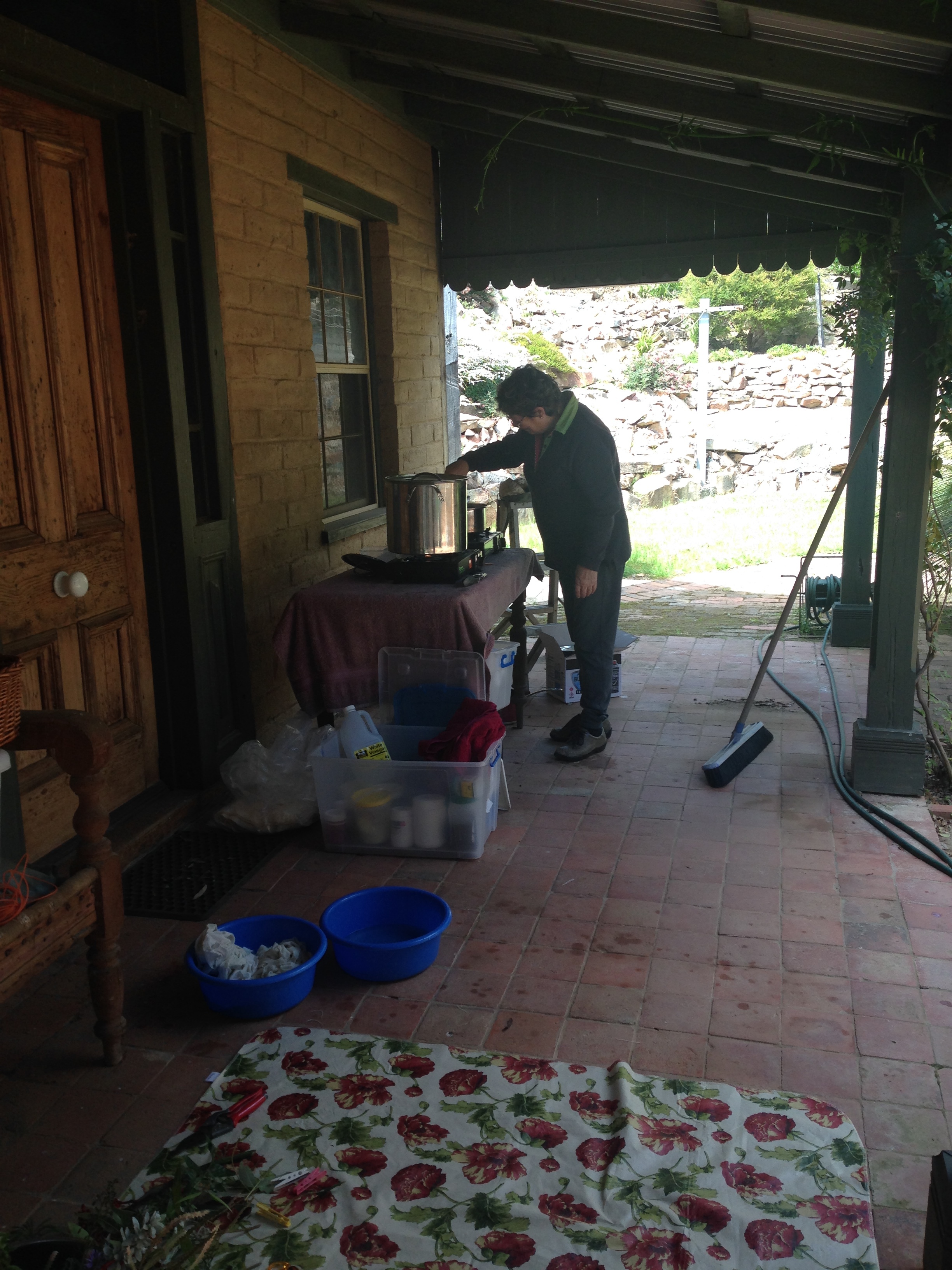

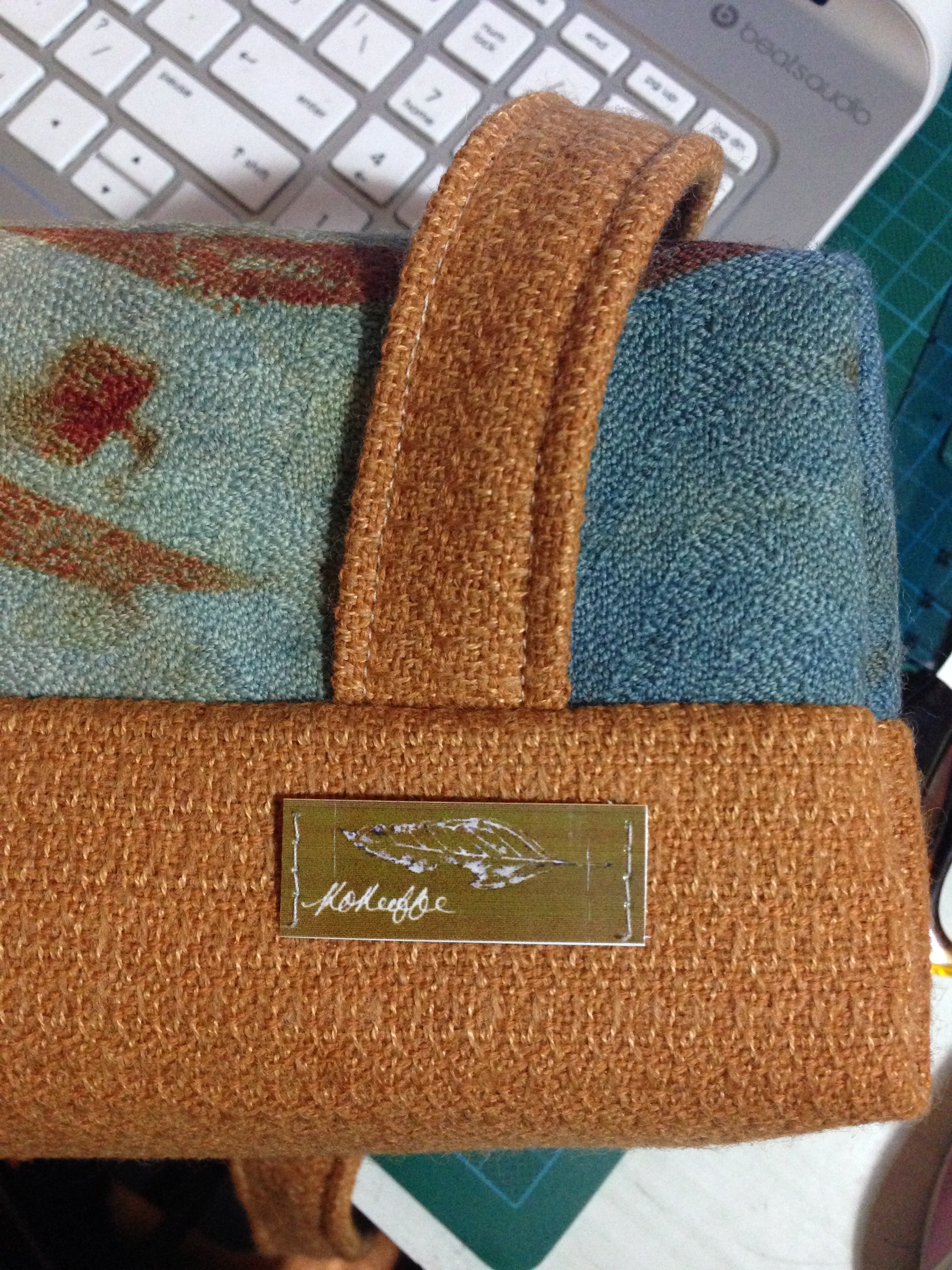
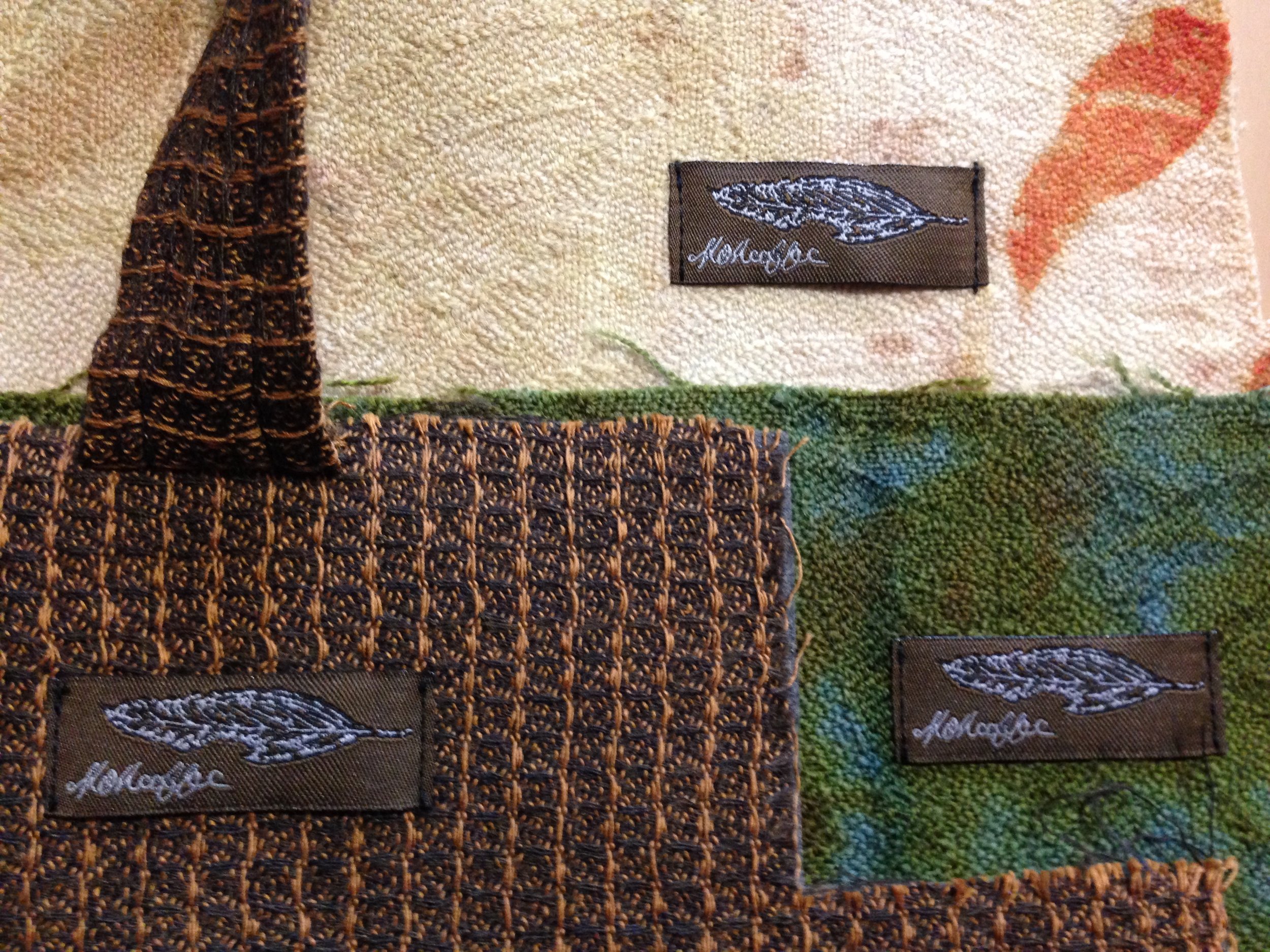

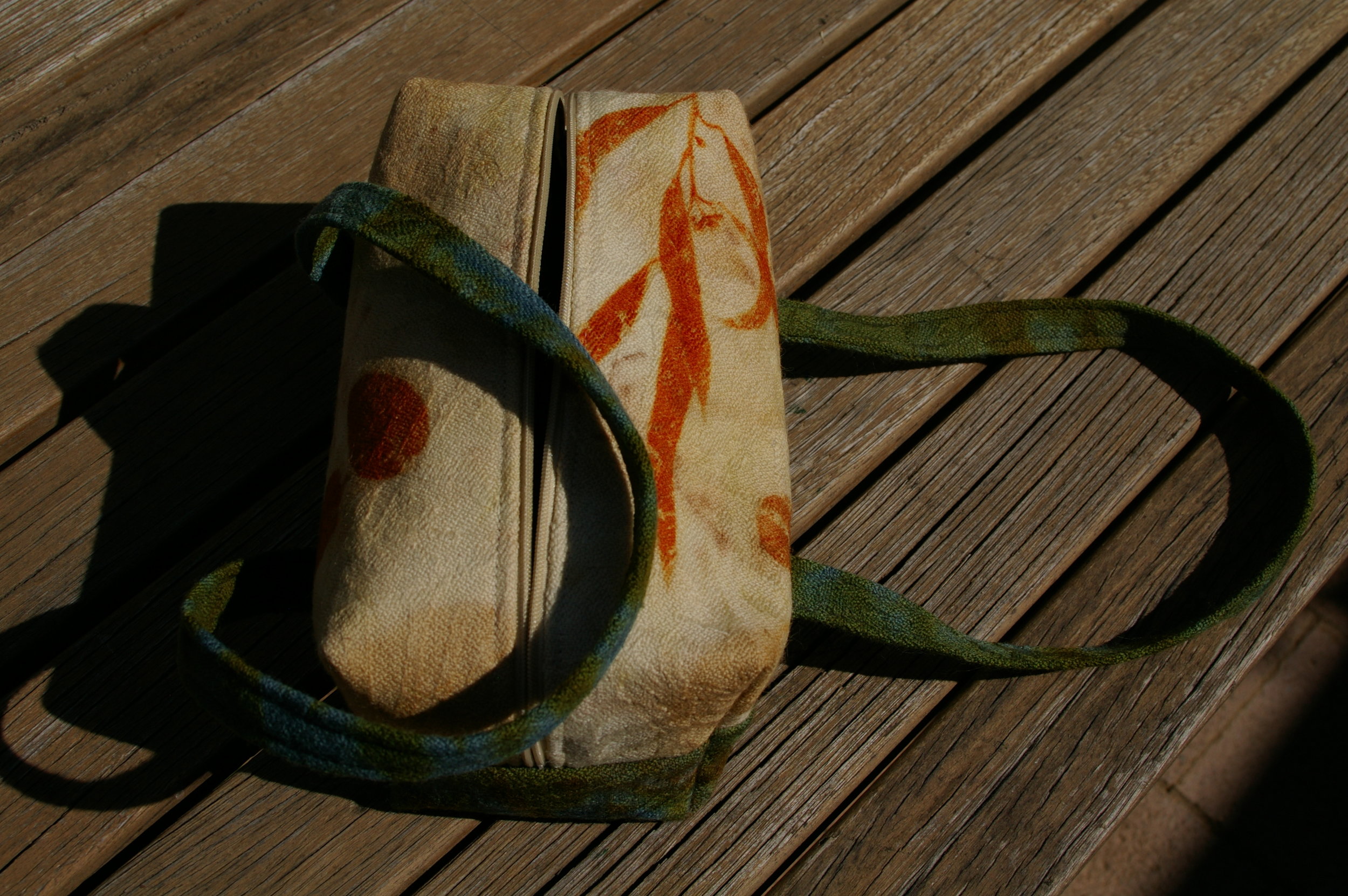
I did not have the heart to cut up the pieces pictured below, so I made a cushion out of it! I quite like the way the cushion front looks a bit like shrubs against a brick wall.

